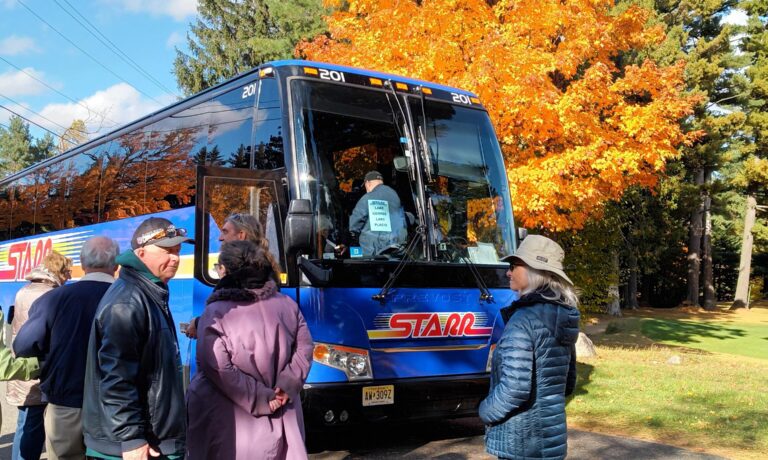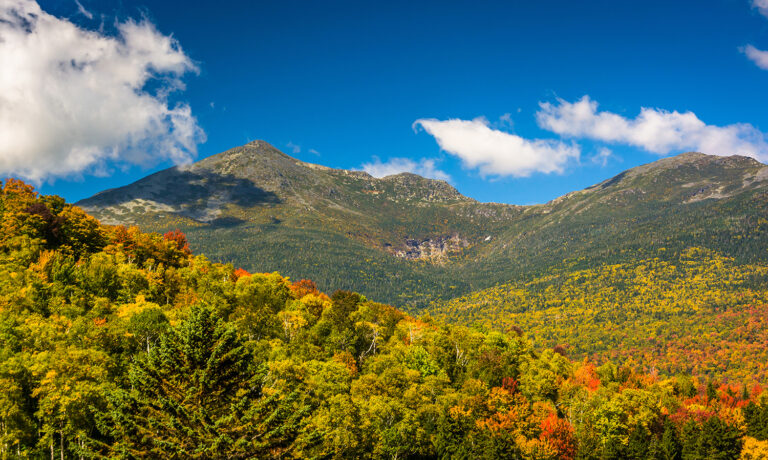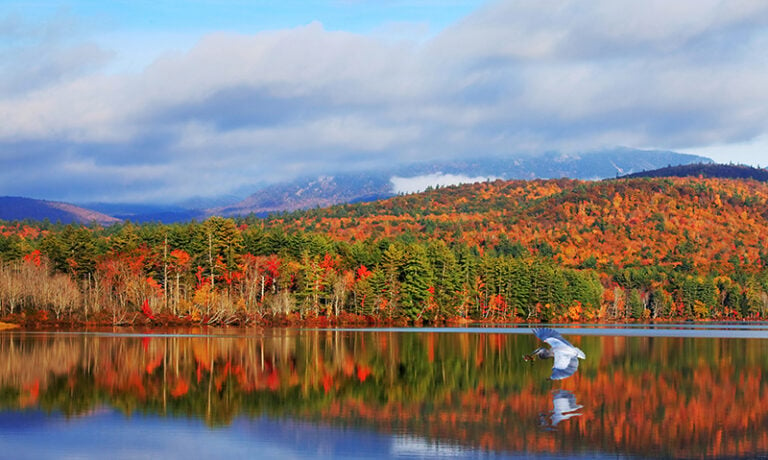Fall Tours You Don’t Want to Miss
As we wait for the leaves to turn and for the air to get crisp, it’s the perfect time to start planning an autumn retreat. We’ve curated some of our best fall trips that offer breathtaking views, historical landmarks, and unforgettable experiences through nature’s most colorful season. Here are the highlights of our top fall…



